Spring - the season of cultural connection
Spring is the season of festivals and also the season of connection. Trips to the highlands bring abundant and new inspiration and are also an opportunity for designers and their compatriots to preserve and promote the traditional culture of dyeing and weaving. New costumes and bright colors are also handicraft values that are worth spreading.
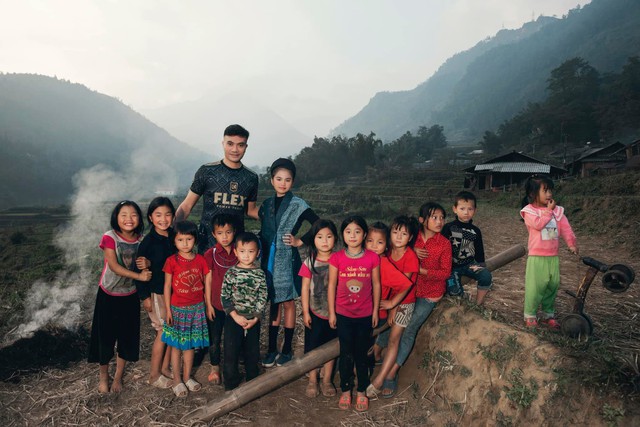
Designer Vu Viet Ha on a "mountain trip"
Designer Vu Viet Ha shared: "If anyone has the opportunity to go to the highlands in the spring, they will feel the bustling, emotional "fashion" atmosphere. This is the time when they devote all their heart to sewing and sewing new shirts for their husbands and children using traditional brocade fabrics." On normal days, many people wear modern clothes for convenience, but on Tet, they still wear colorful traditional dresses that bring special emotions.
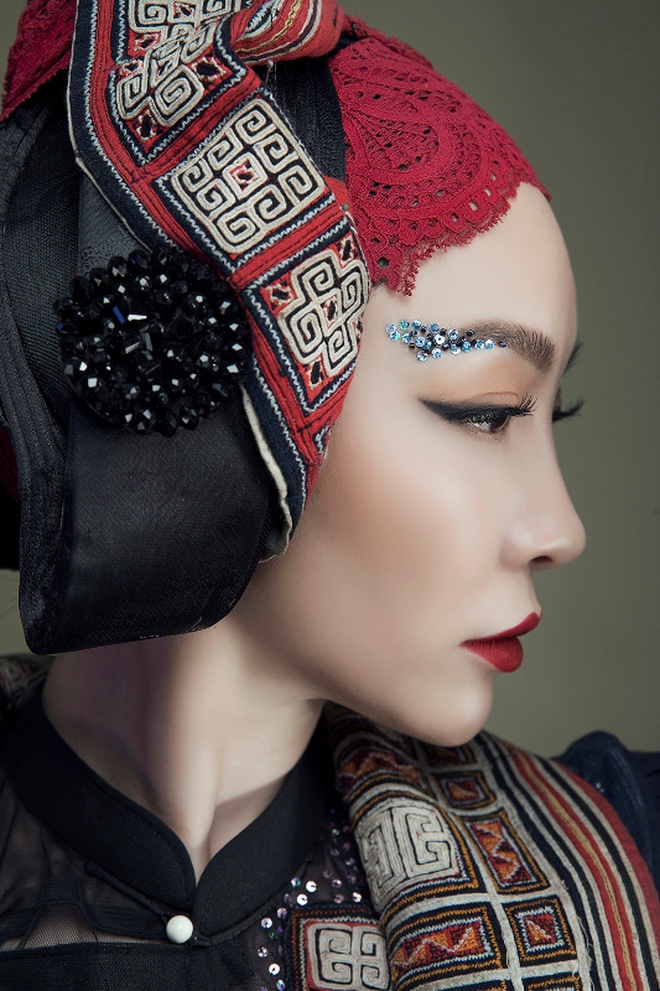
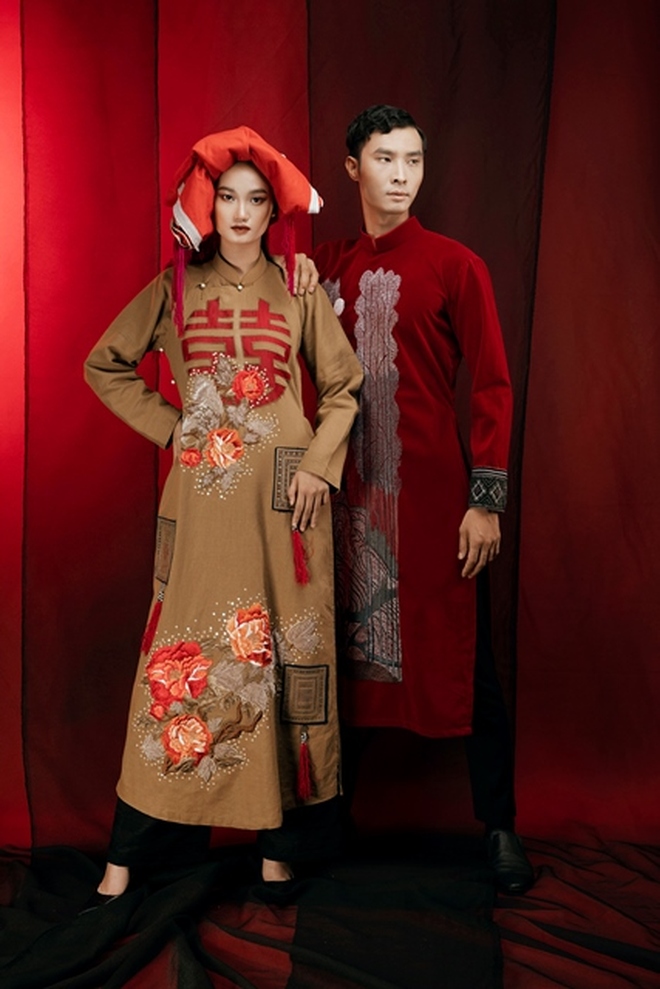
The vibrant beauty and strong national identity of designer Vu Viet Ha’s outfits. According to the designer, in a rapidly changing world, the products of hand-weavers in highland villages and their traditional weaving techniques are what attract millions of fashionistas.
At highland markets or tourist areas such as Sa Pa, Bac Ha, Dong Van..., Mong and Dao ethnic people go to the market, bringing local products and wearing vibrant and eye-catching costumes.
The newly dyed indigo fabrics still have a distinctive scent, becoming a sign of a fresh spring. For designer Vu Viet Ha, it is not only the scent of the fabric, but also the flavor of culture and tradition that easily evokes nostalgia.
Designer Pham Ngoc Anh said: "When the highlanders wear bright clothes, blending with the colorful flowers of the mountains and forests, spring seems more brilliant and vibrant."
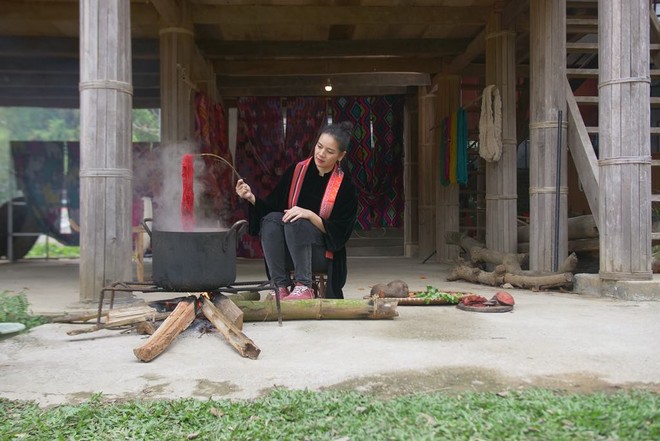
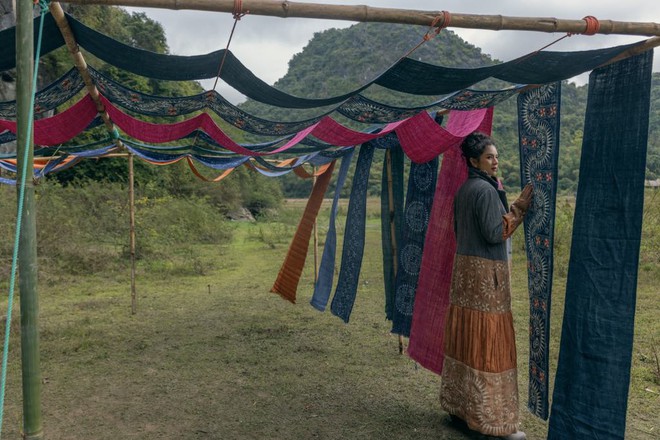
"Going to the highlands, we learn how to preserve our identity while meeting contemporary aesthetic needs," said designer Ngoc Anh.
The quintessence of highland weaving
The weaving and dyeing of the highland people is not simply a manual work but also bears a strong cultural imprint. On each brocade fabric are unique motifs, conveying stories about nature, beliefs, and daily life of each ethnic group.
On the eve of Tet, in the highland villages, ethnic people are busy weaving, dyeing, and completing traditional costumes. When spring comes, it is the time for them to wear beautiful, new clothes. Coming to the highlands at this time, fashionistas and designers can admire and enjoy unique costumes and also learn the quintessence of the traditional craft of dyeing and weaving with strong local characteristics.
National costumes not only reflect unique cultural features but are also a way for ethnic people to express their pride and gratitude to their ancestors, homeland and nature.
Ms. Tran Phuong Thao (founder of the green fashion brand Hemp Oi) said: "Each ethnic group has unique costumes, exquisitely designed with diverse motifs, patterns and bright colors, symbolizing luck, especially during the New Year.
For example, the Mong people often wear colorful dresses, dotted with delicate hand-embroidered motifs and sparkling silver jewelry, creating a colorful and lively picture. The Thai people prefer costumes with typical patterns, both preserving traditional identity and exuding elegant beauty, creating a cultural space rich in identity."
Designer Pham Ngoc Anh shared: "When working with ethnic people, learning dyeing and weaving techniques, being guided by them to identify raw leaves and roots, we also encourage them to keep traditional features but improve colors and patterns, so that the costumes are not only heritage but also have higher applicability, helping people to preserve regional, ethnic and religious identity, while improving the quality and uniformity of each product."
According to designer Ngoc Anh, the important thing about these trips and connections is how to bring these traditional cultural values far and wide, appearing on international fashion runways.
"Although ethnic fashion has many similarities in fabric dyeing techniques, because they all use materials from plants typical of each region, the weaving method has clear differences. This comes from the beliefs and unique identity of each ethnic group.
The number of threads used in weaving, the size of the loom, or even each pattern on the brocade all have their own characteristics, reflecting the culture and spirituality of that community... All of these create an extremely interesting stimulation," designer Ngoc Anh added.
Source: https://thanhnien.vn/thoi-trang-tre/mua-xuan-len-nui-hoc-nhuom-soi-det-vai-18525020517421558.htm


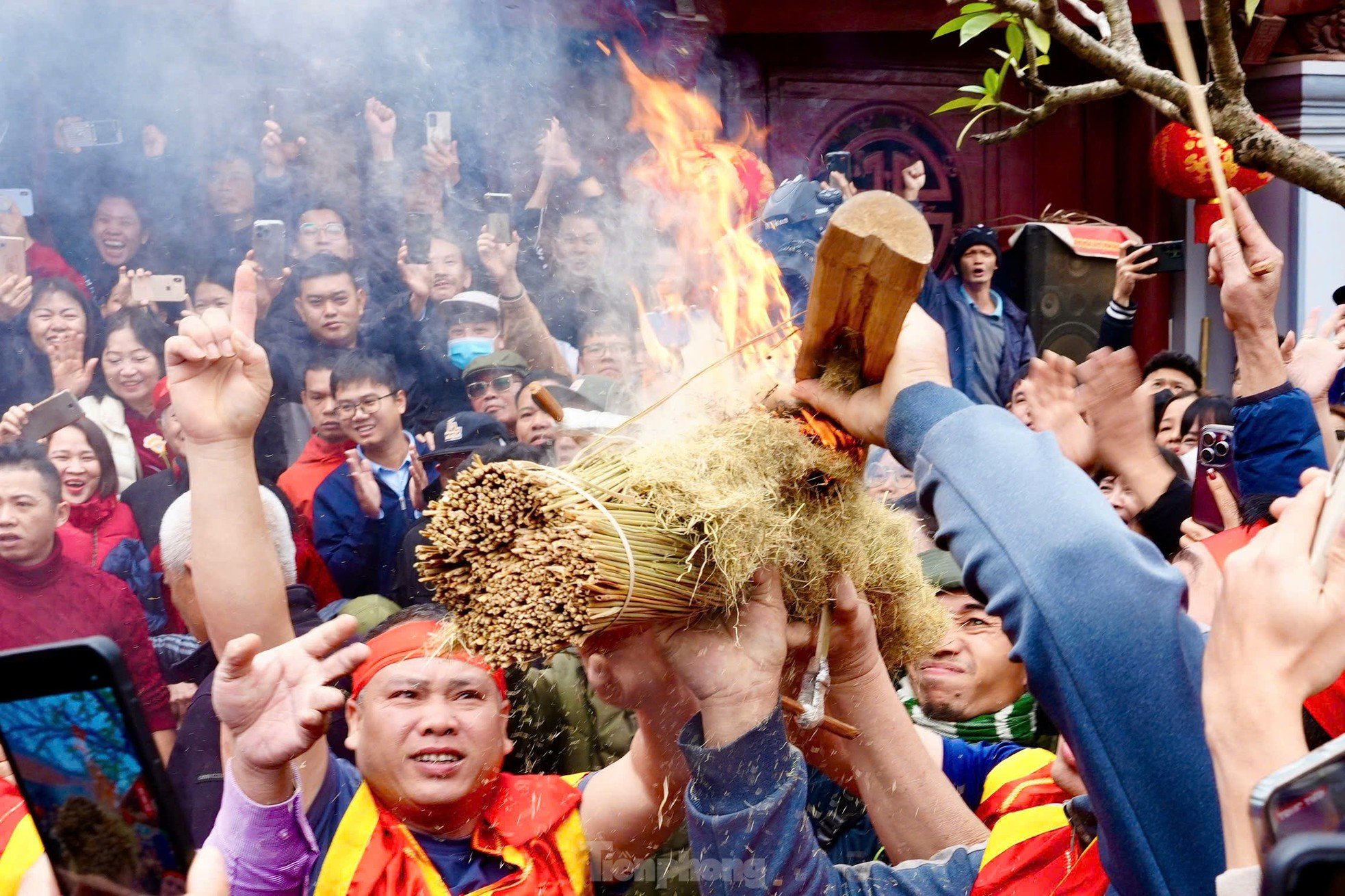
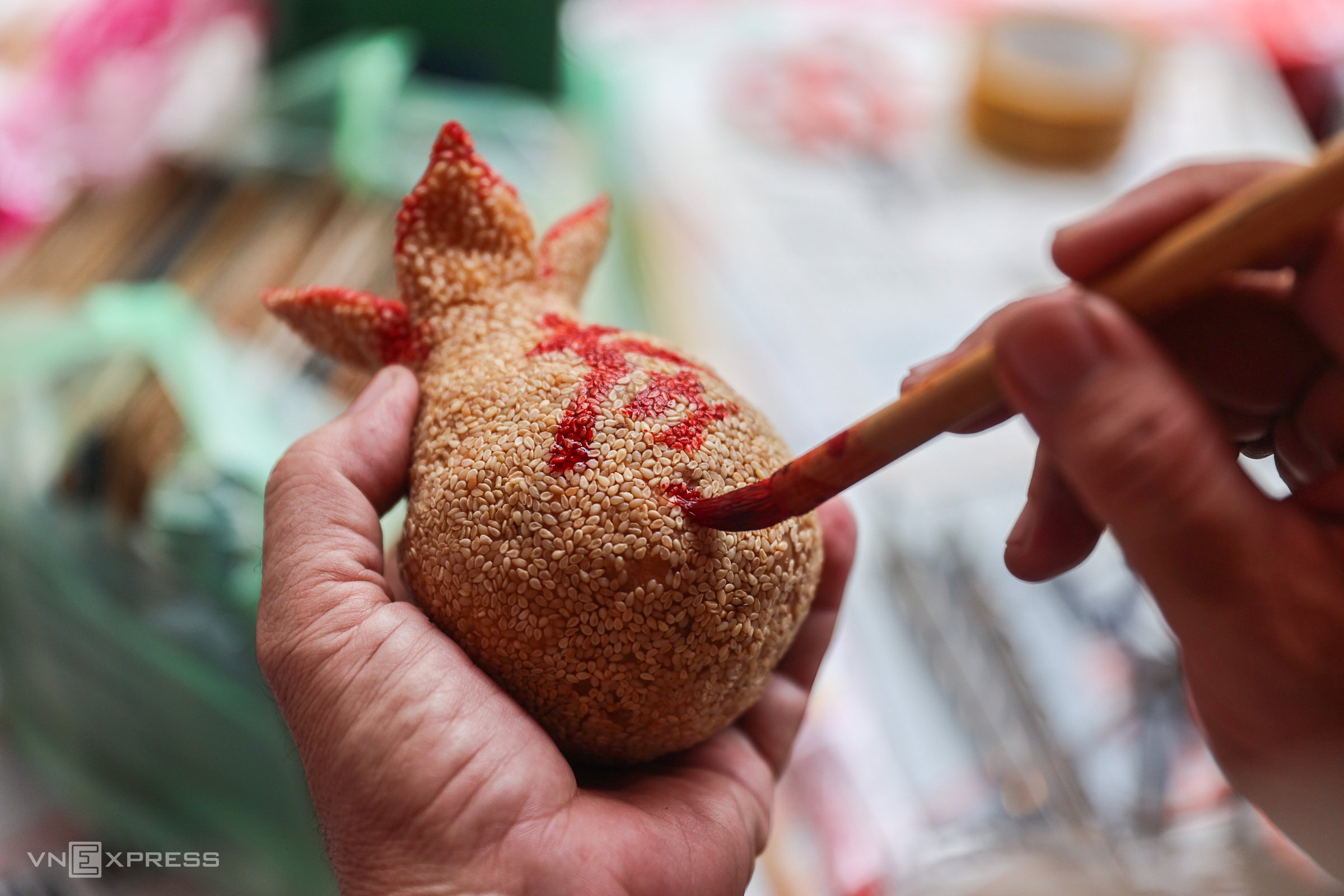

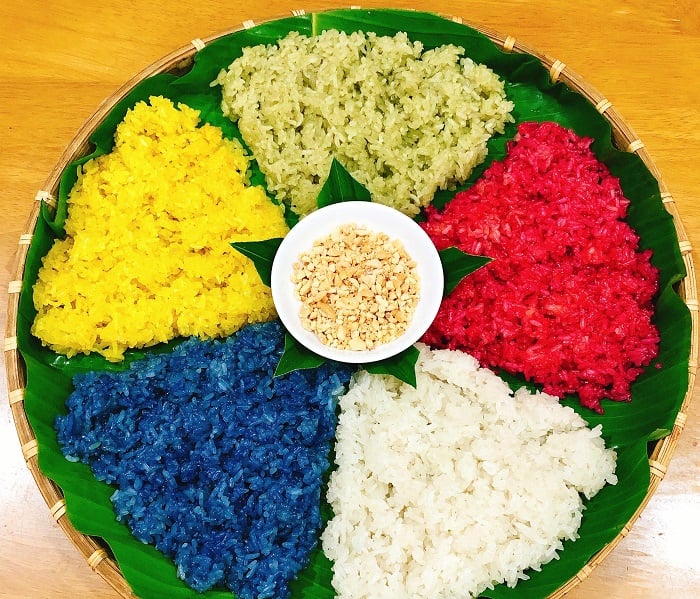
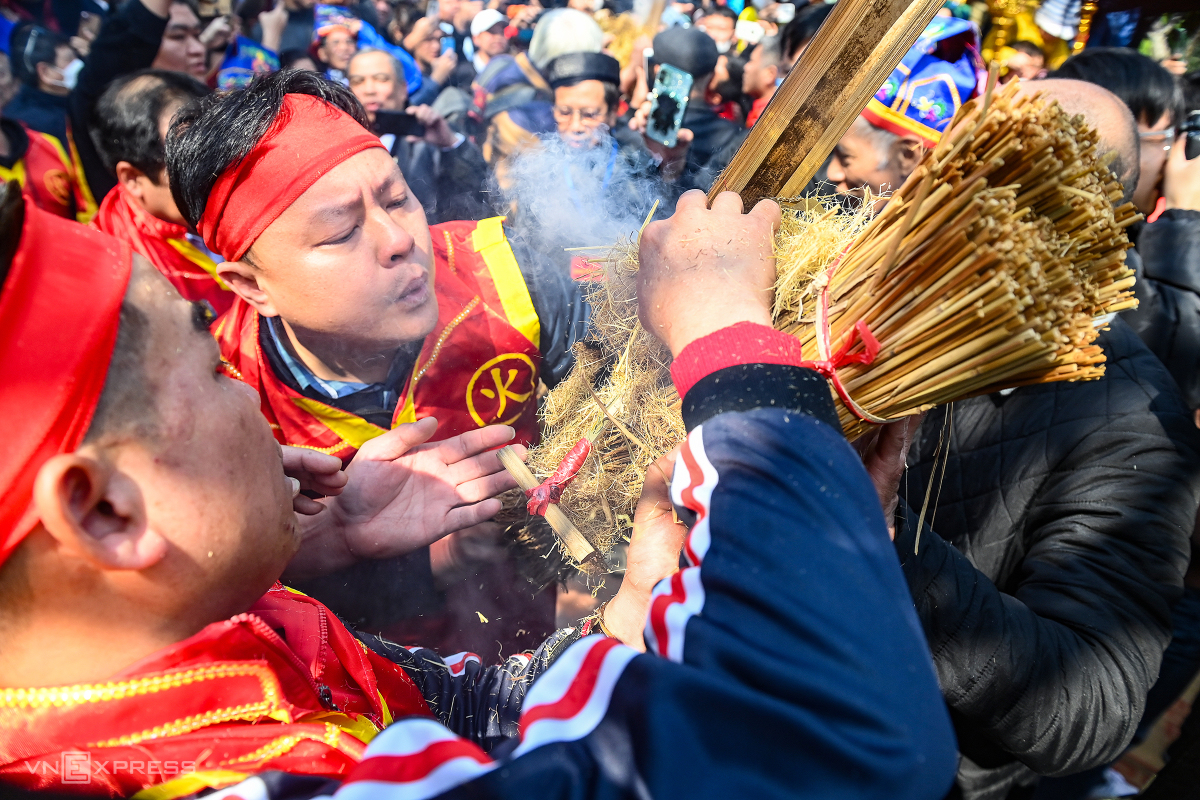
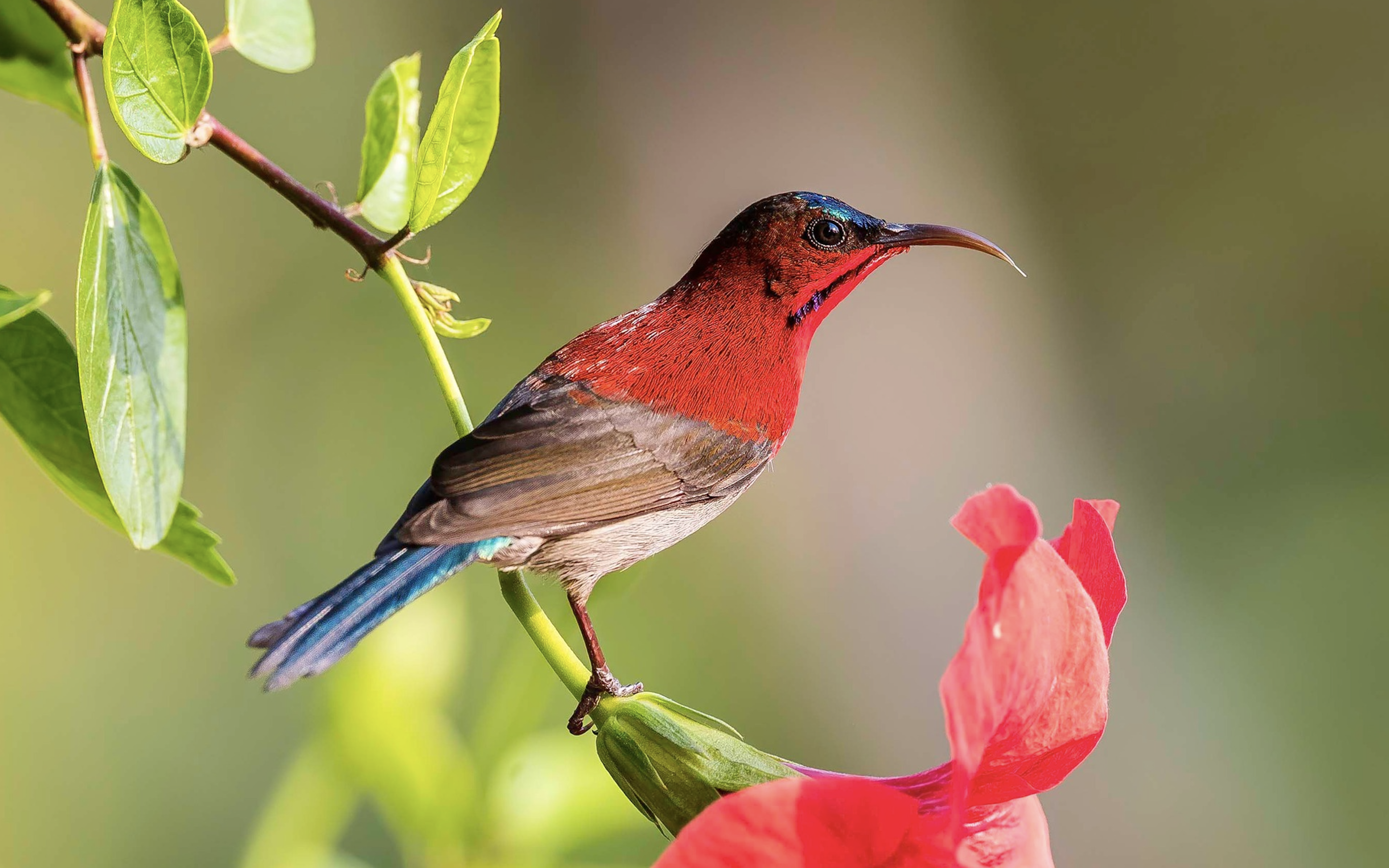


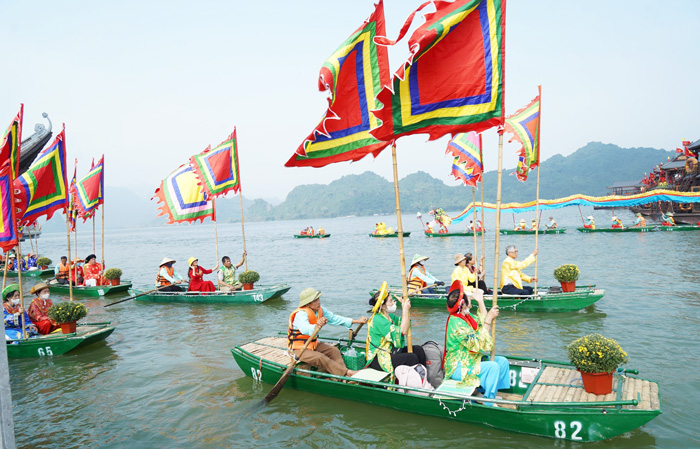

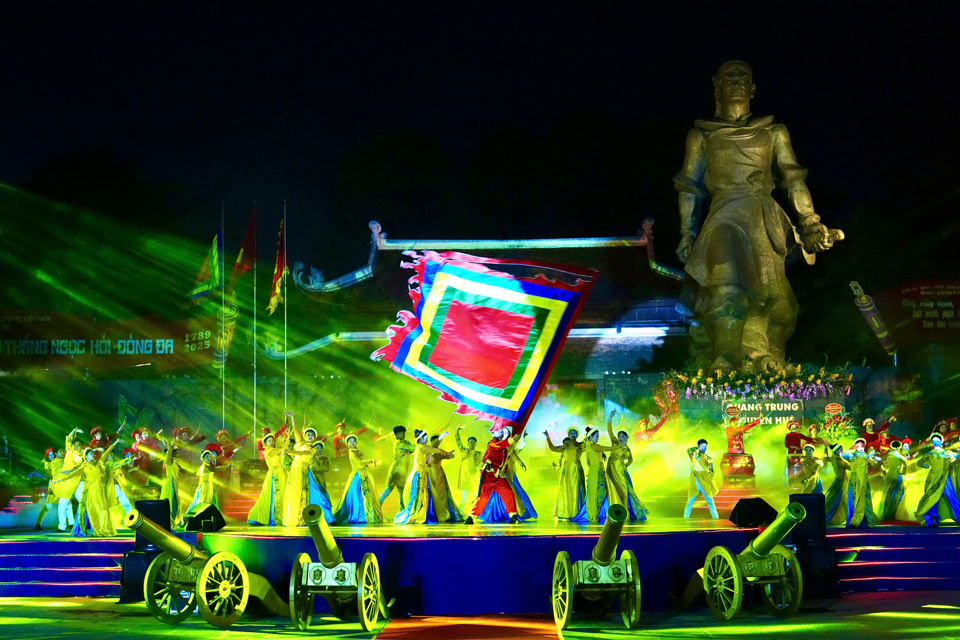

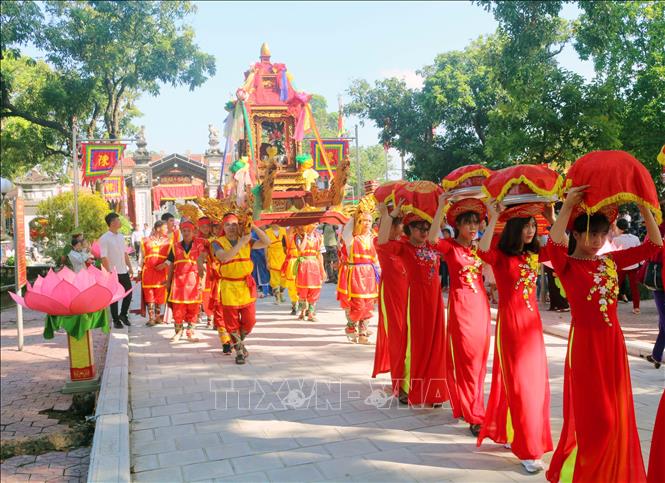
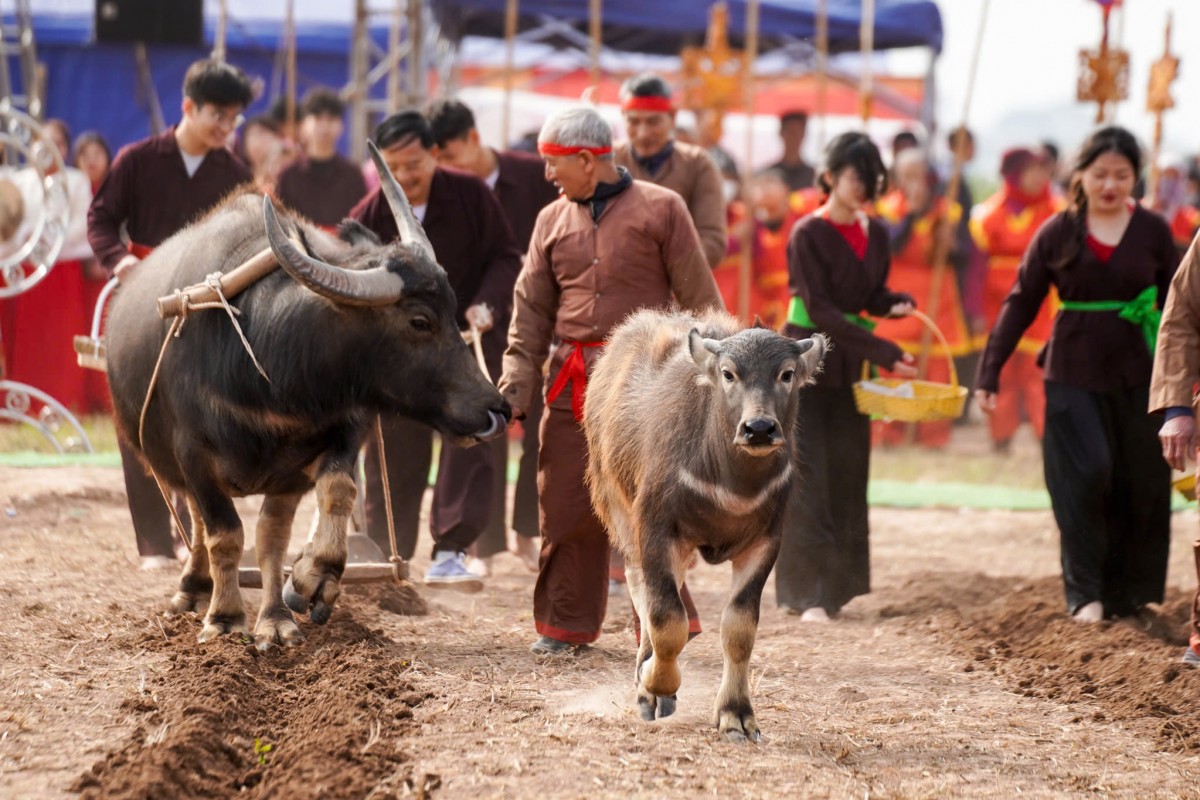
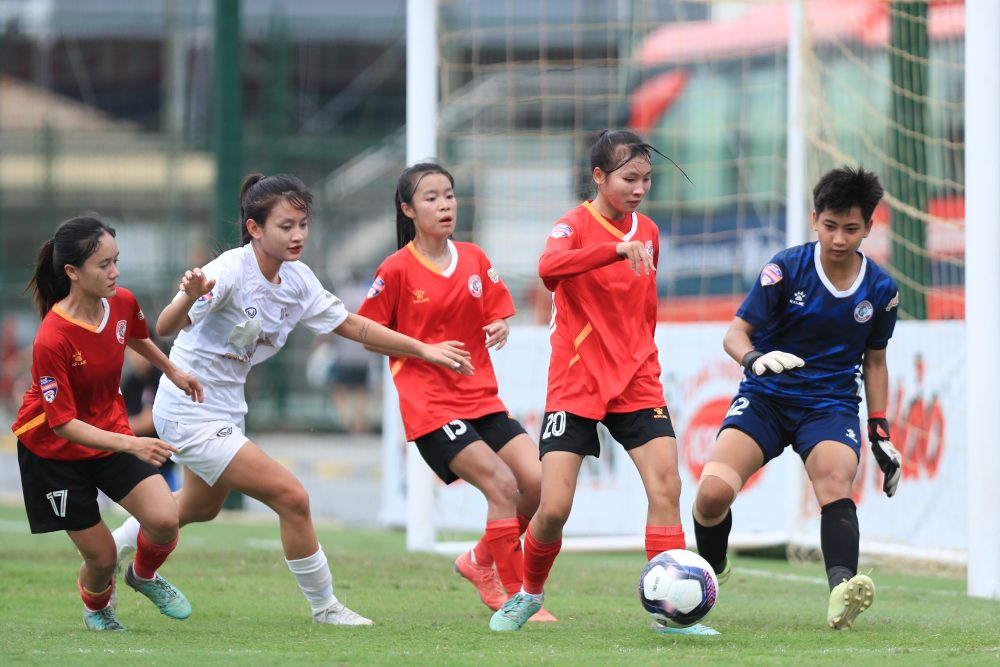
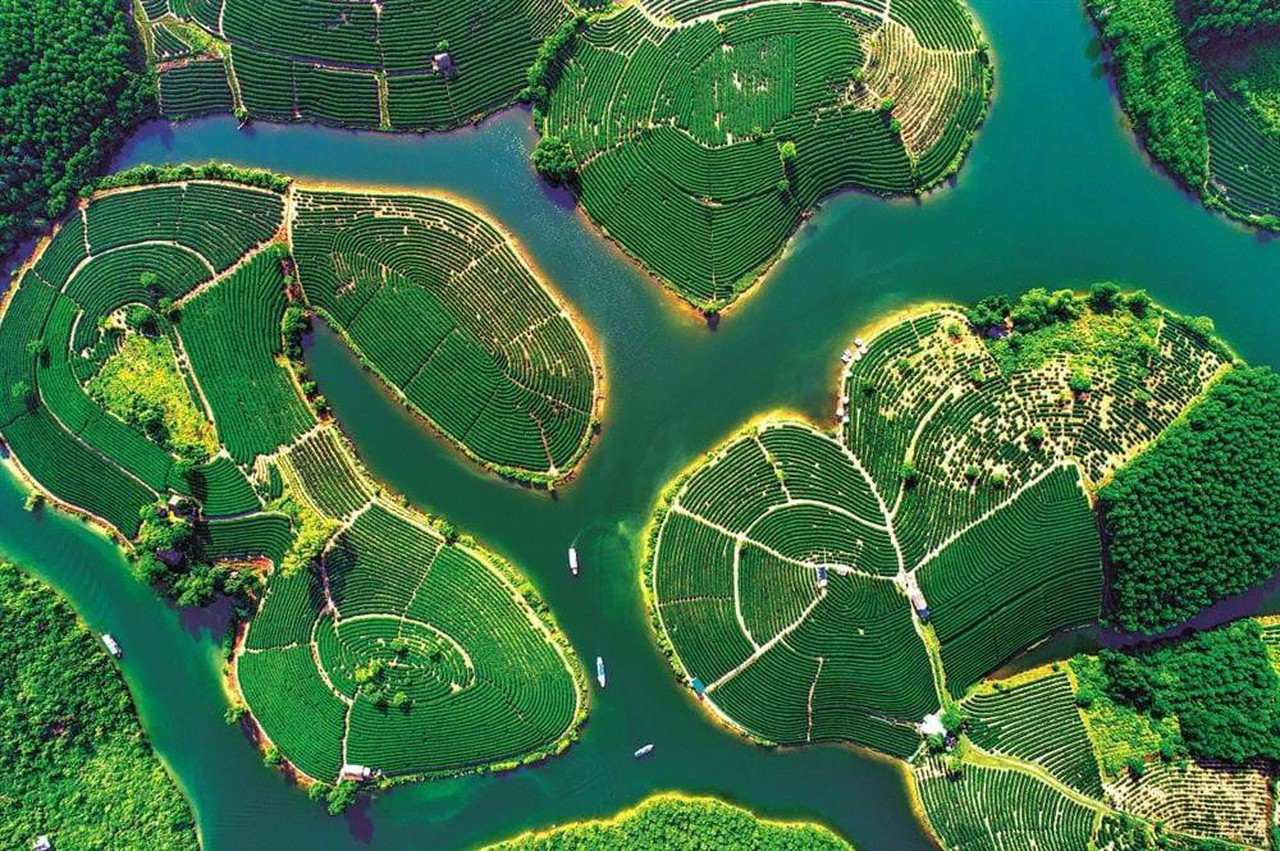

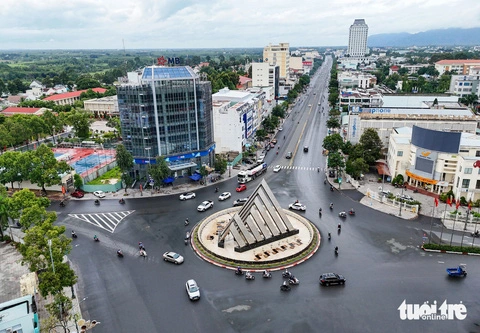
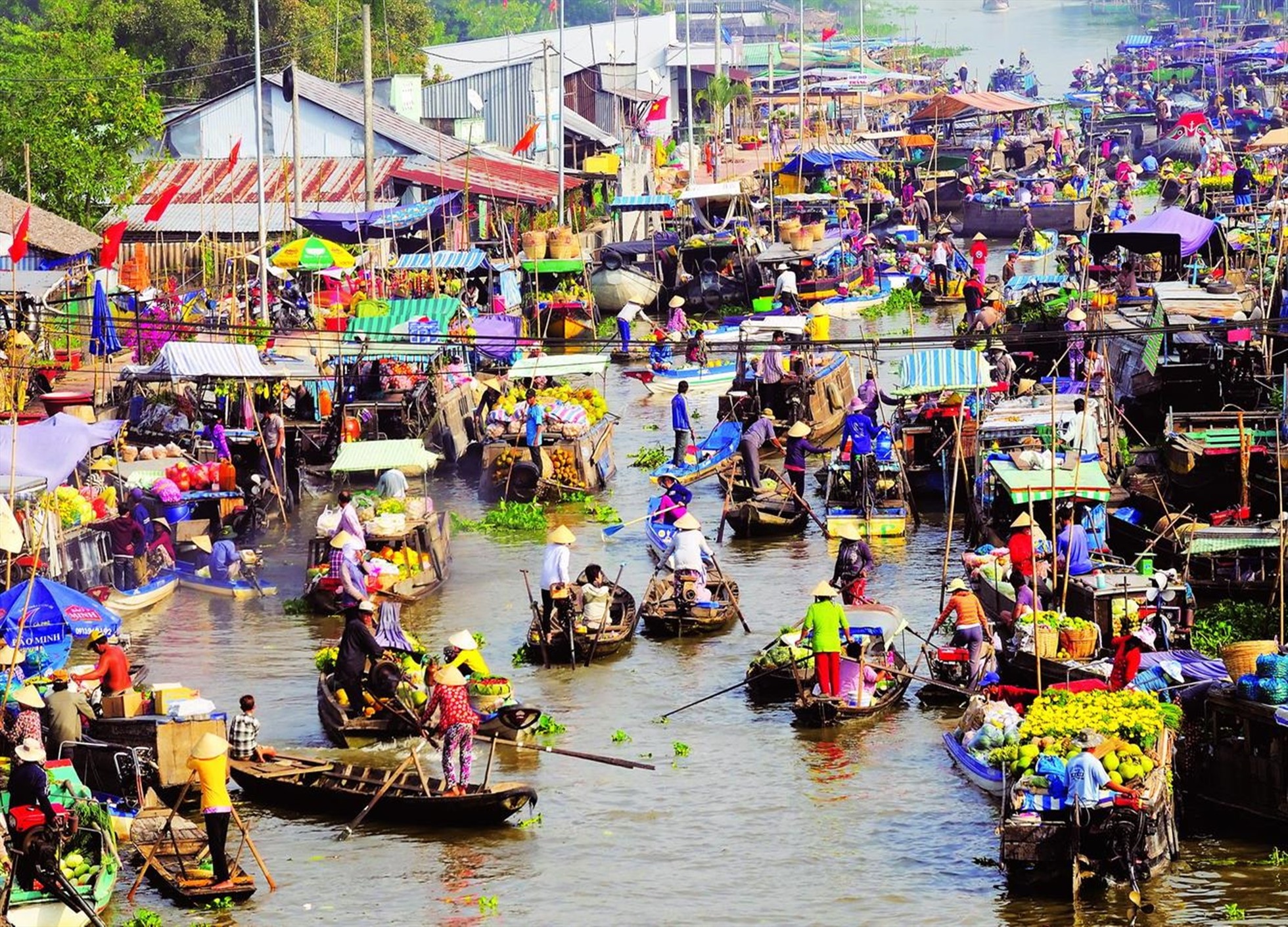
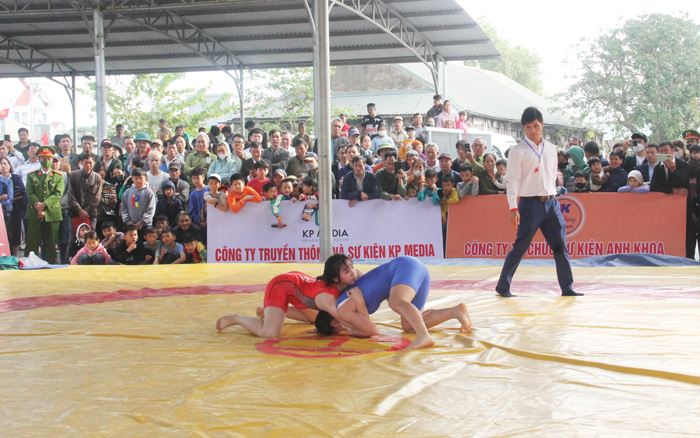
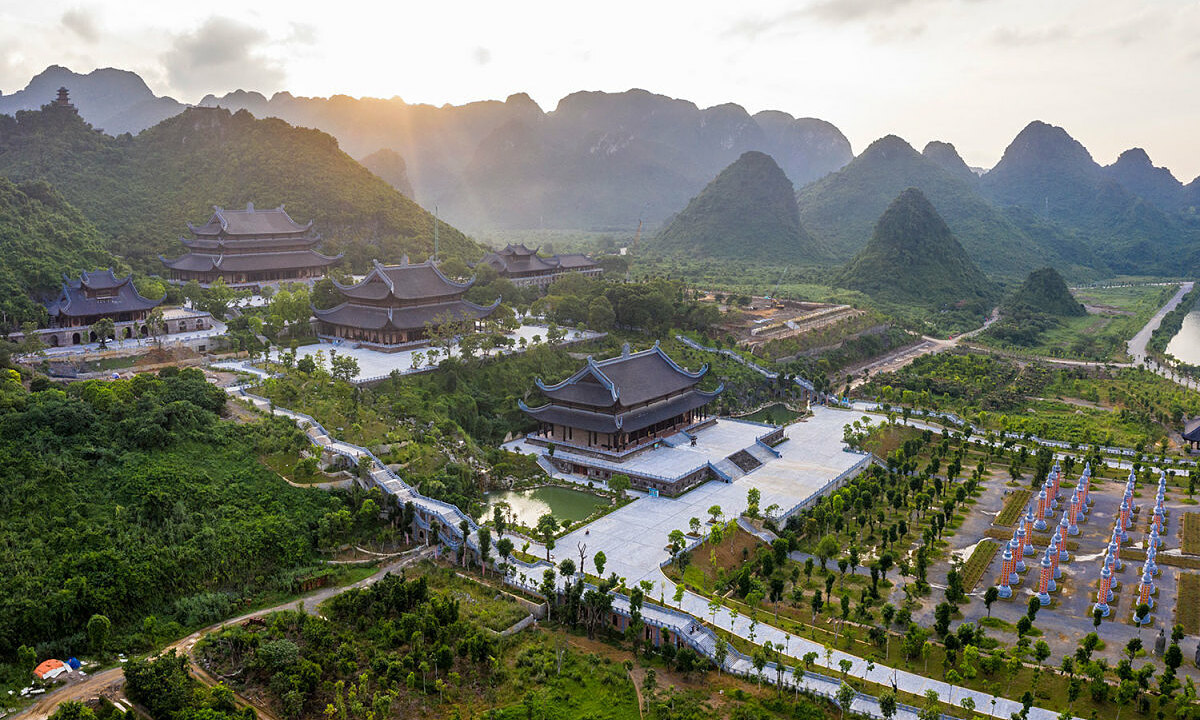
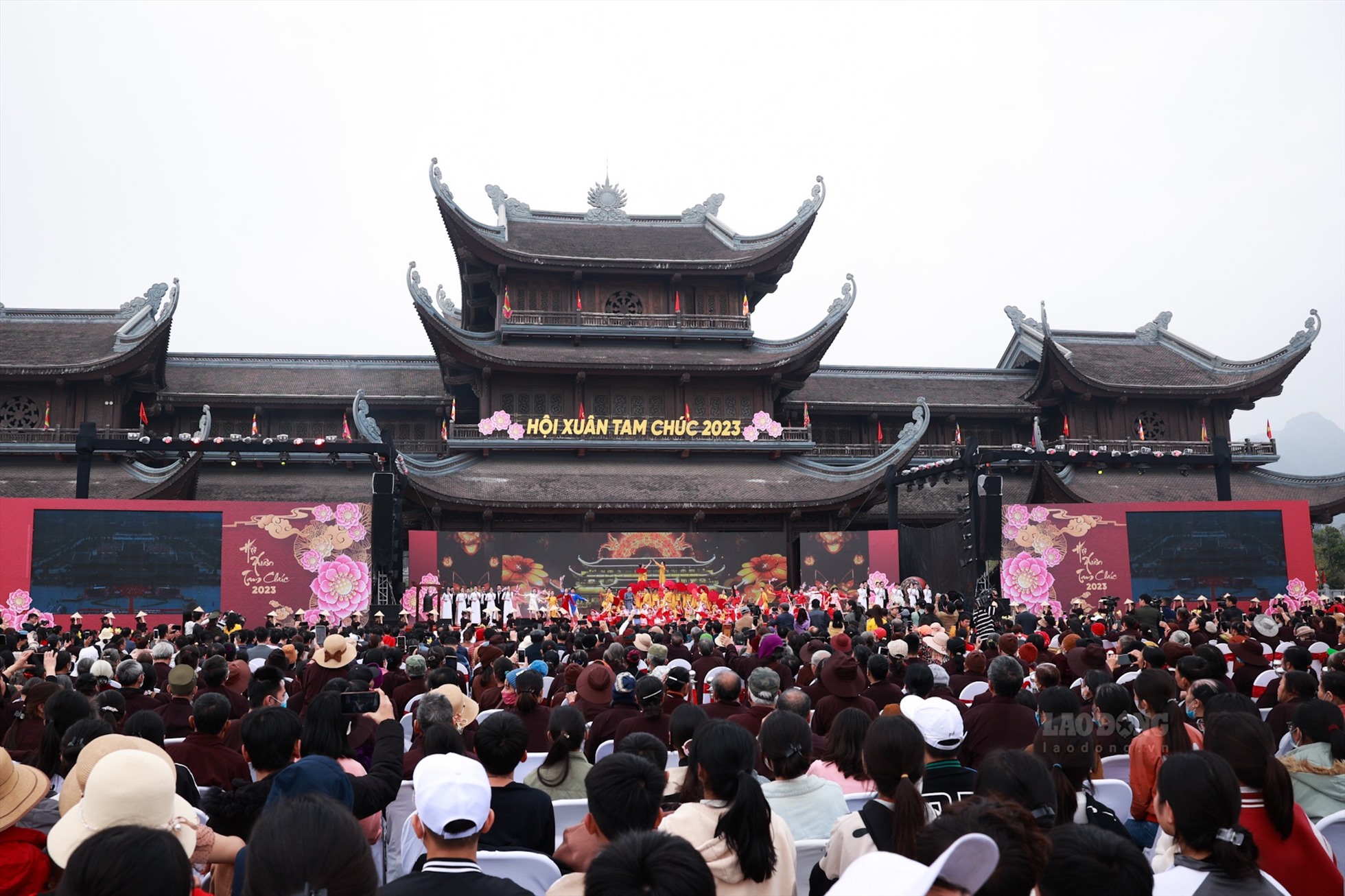



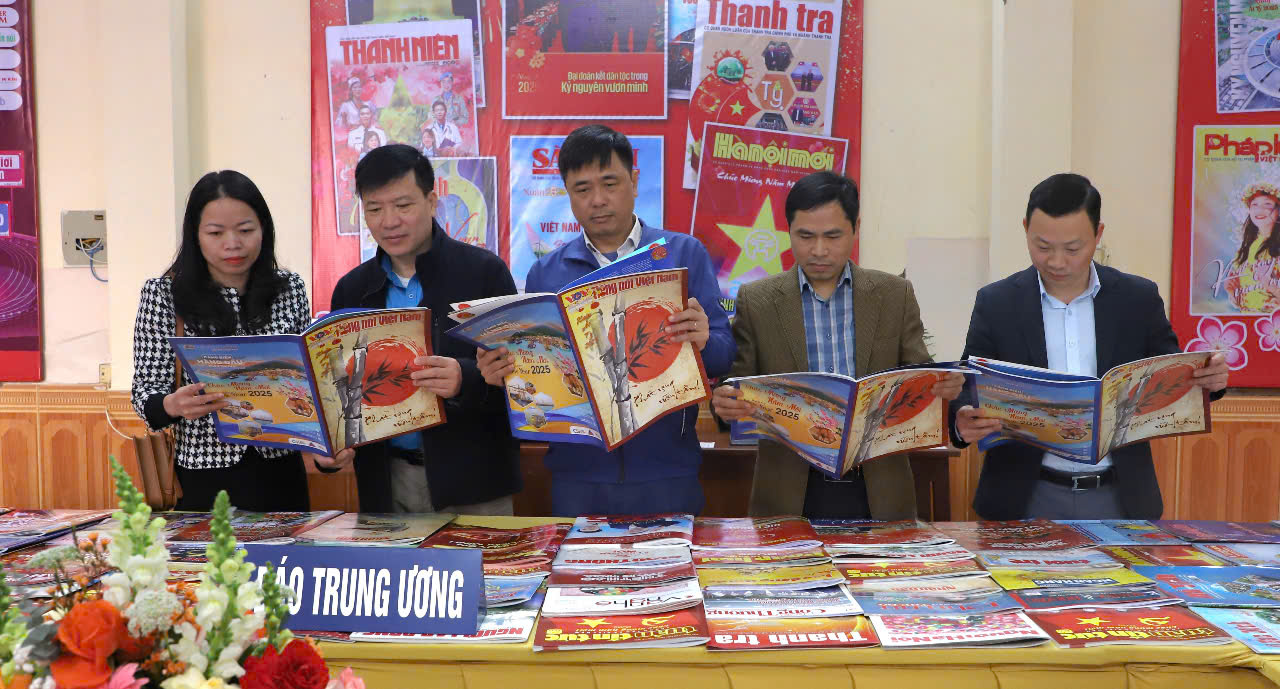


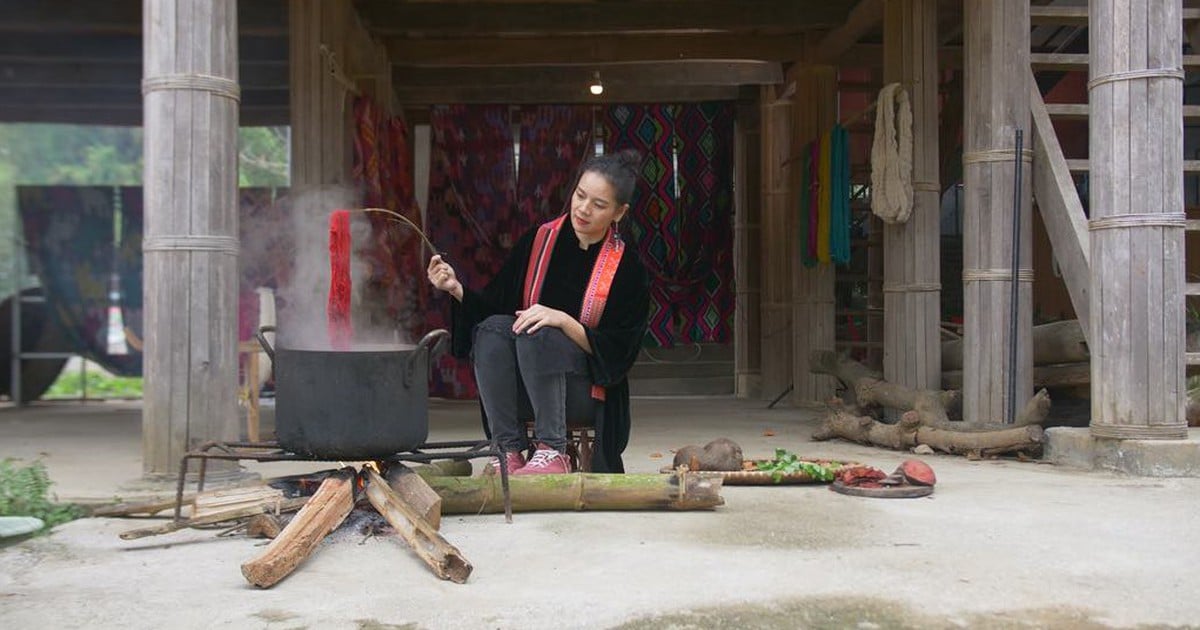
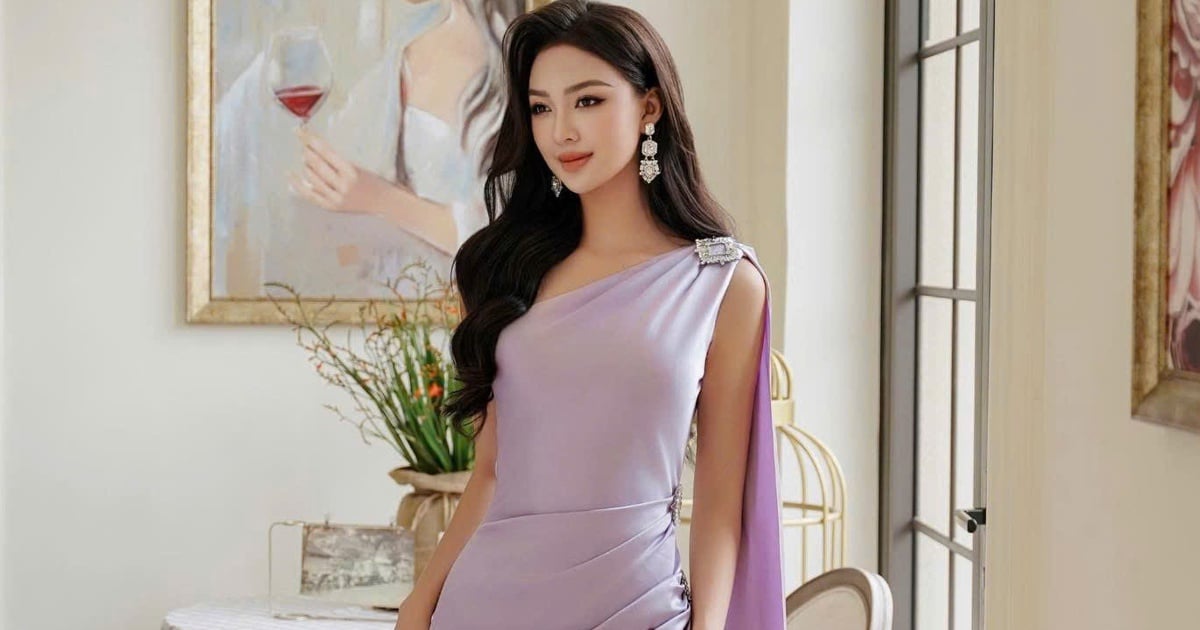
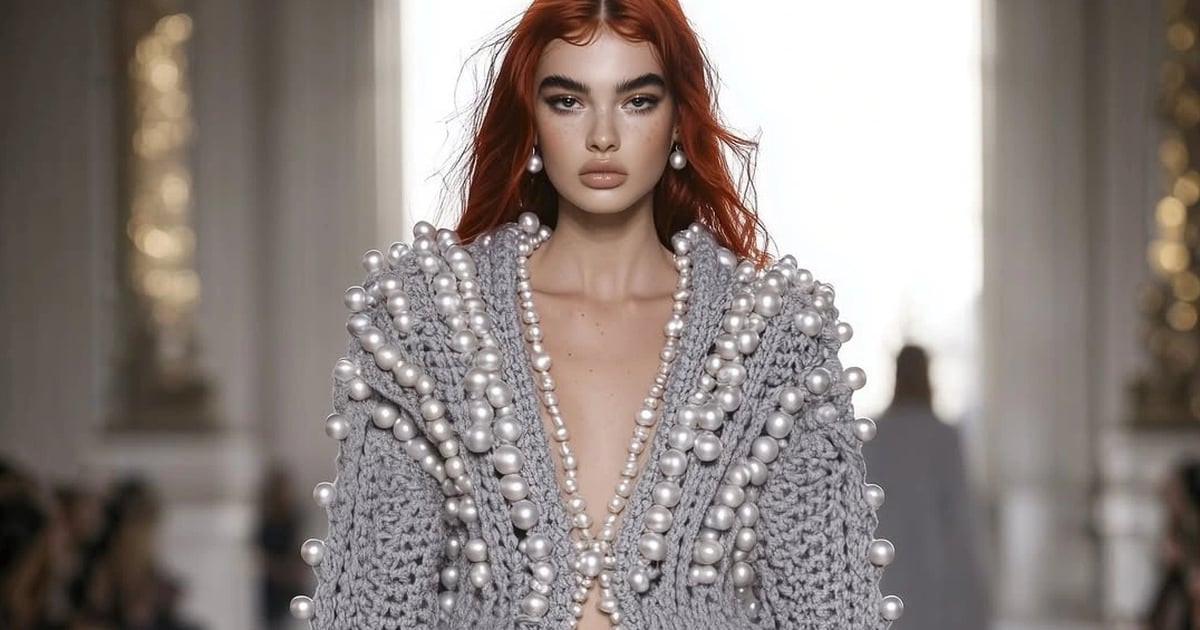
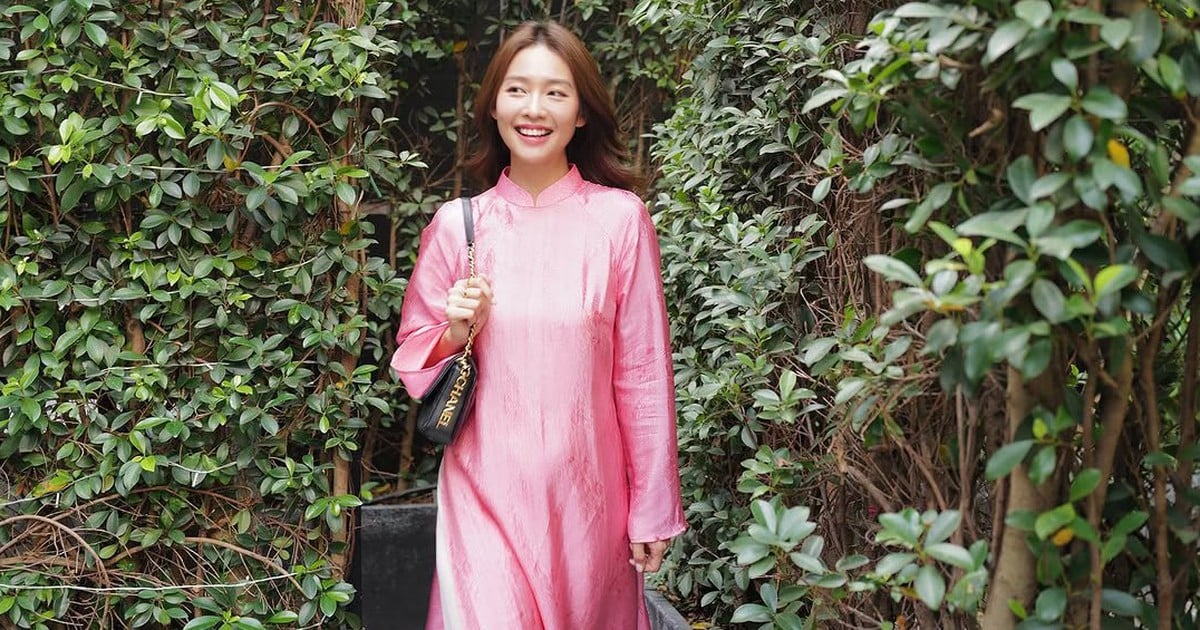
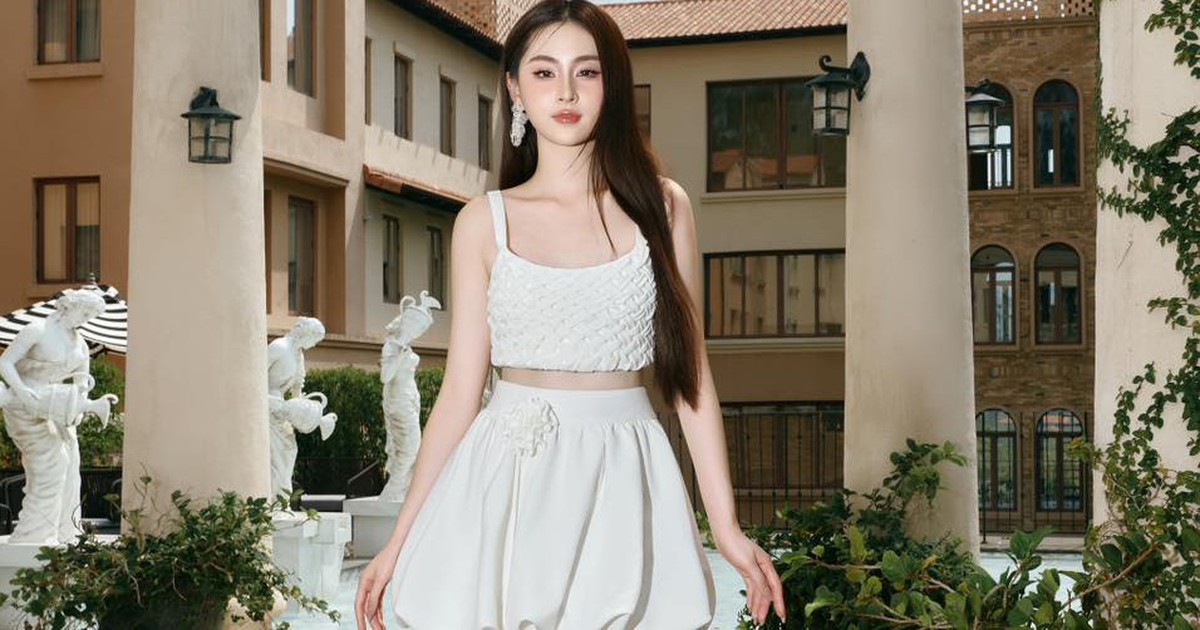



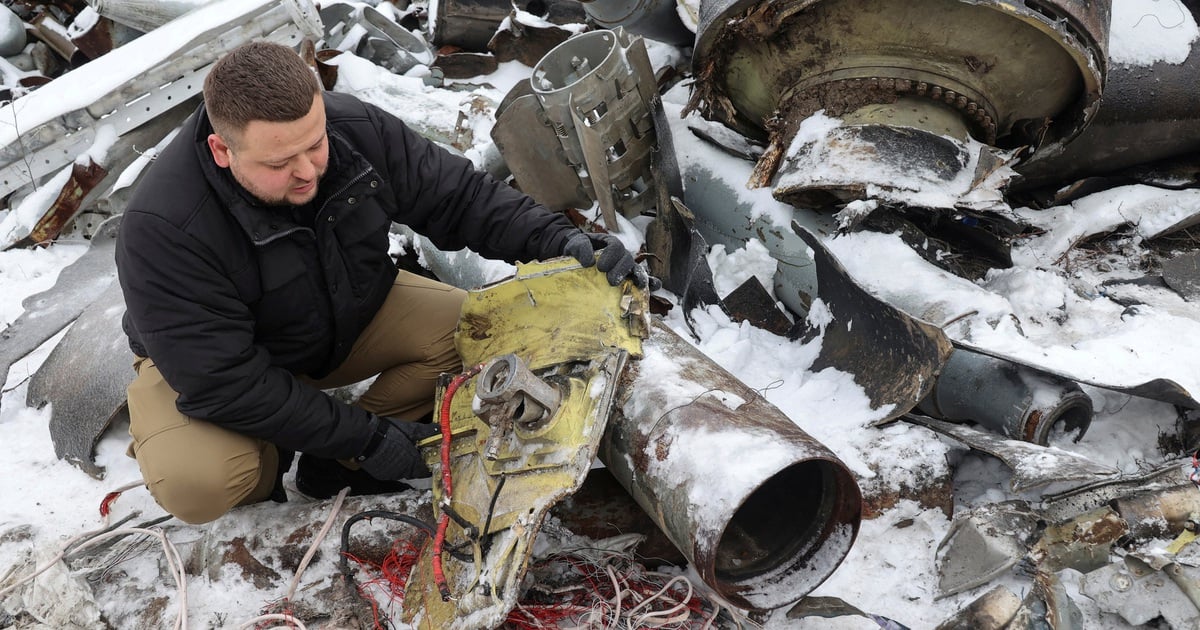

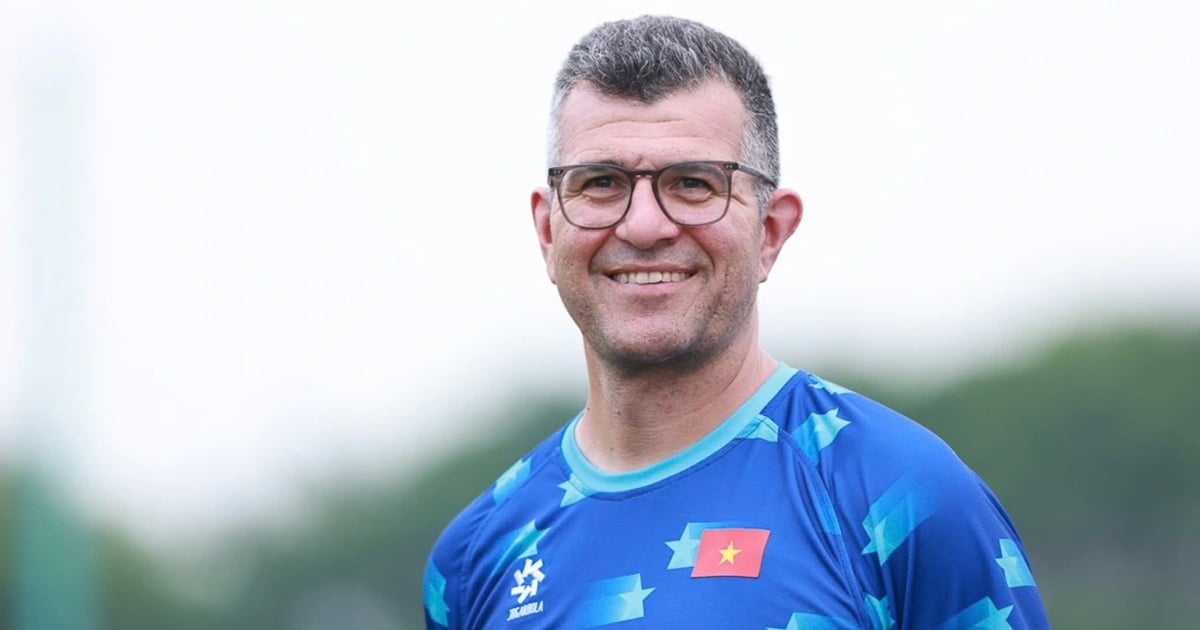
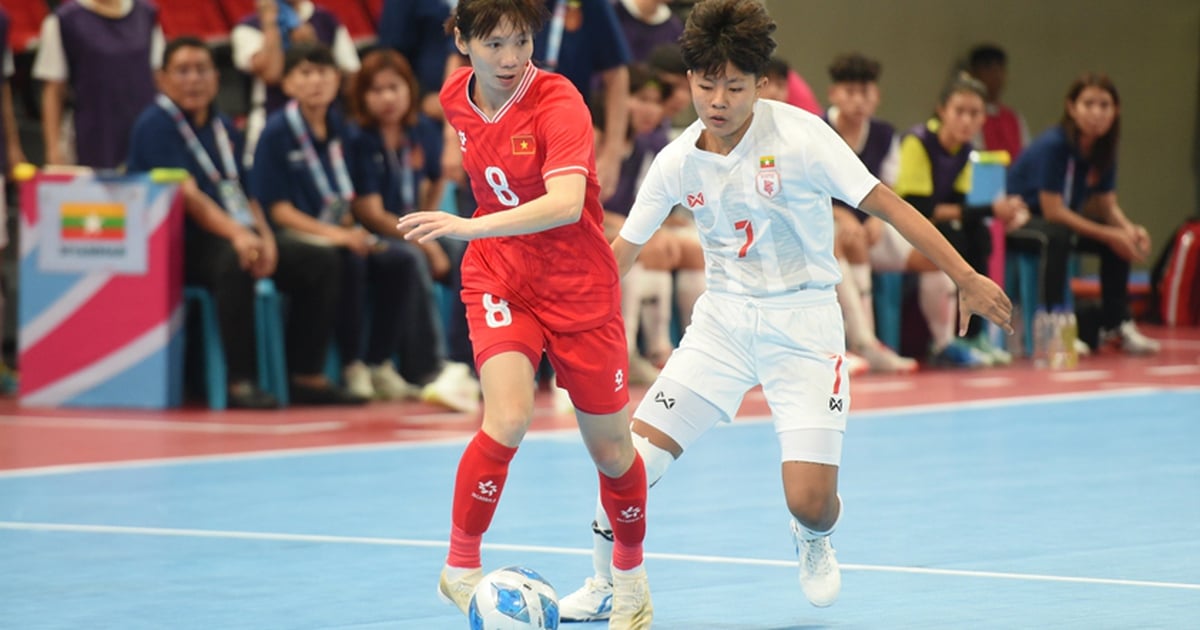
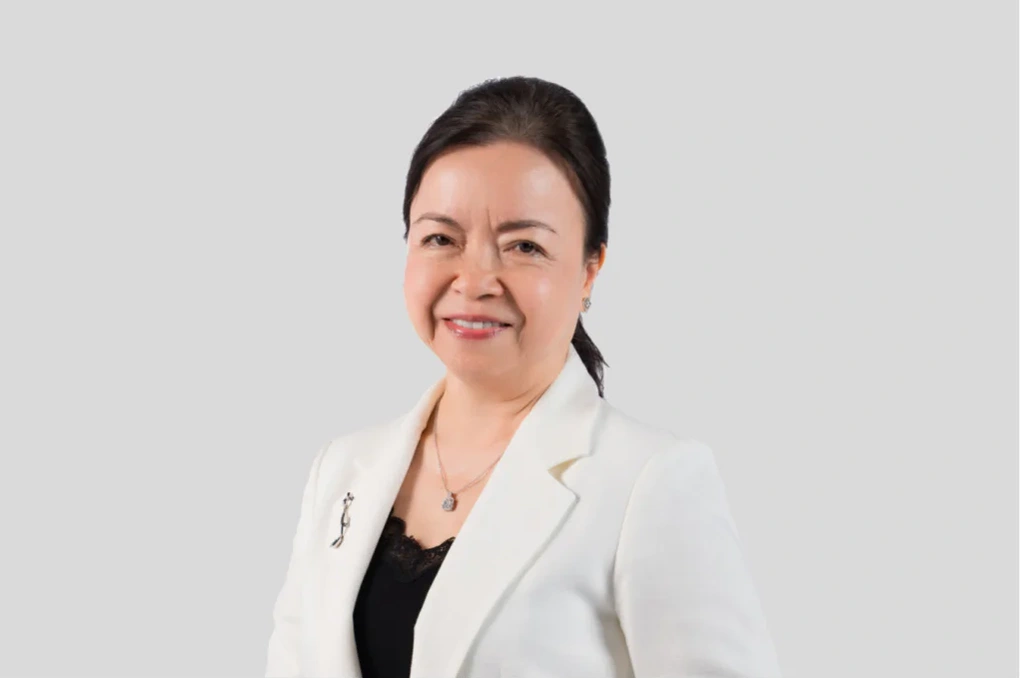

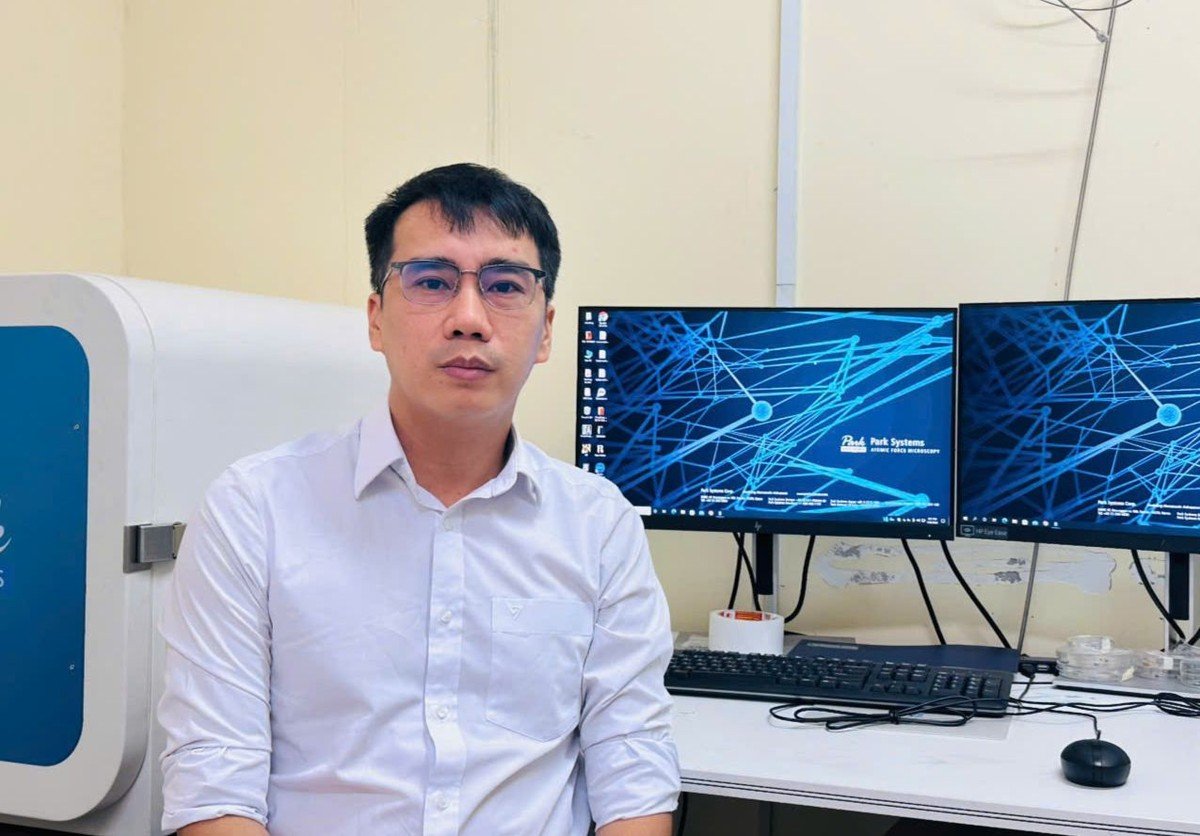



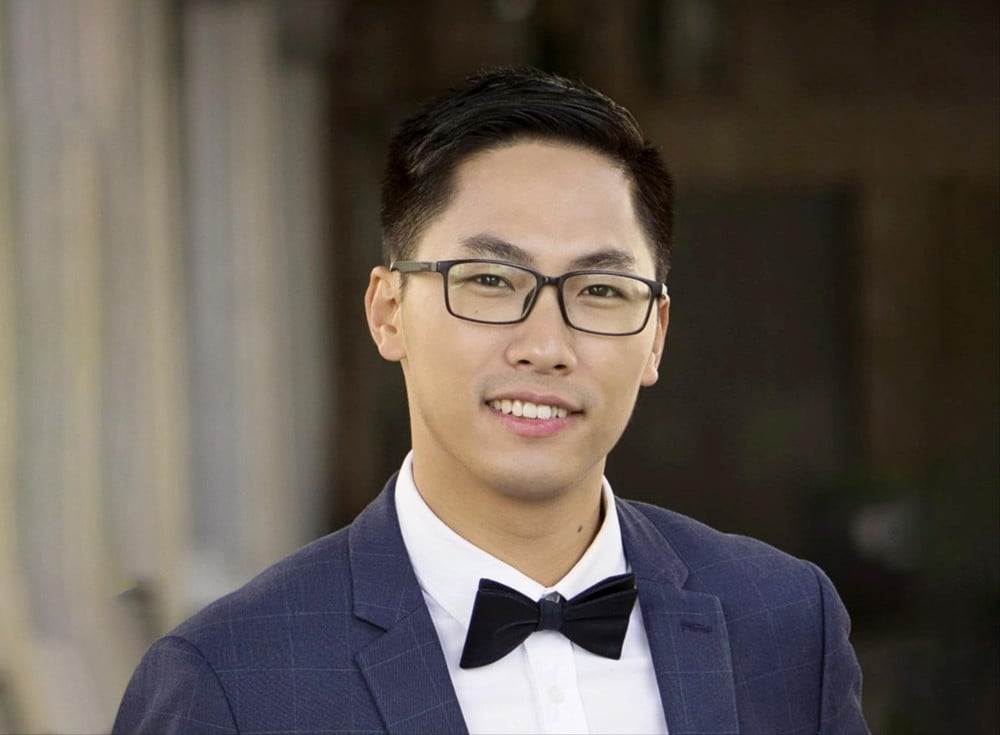
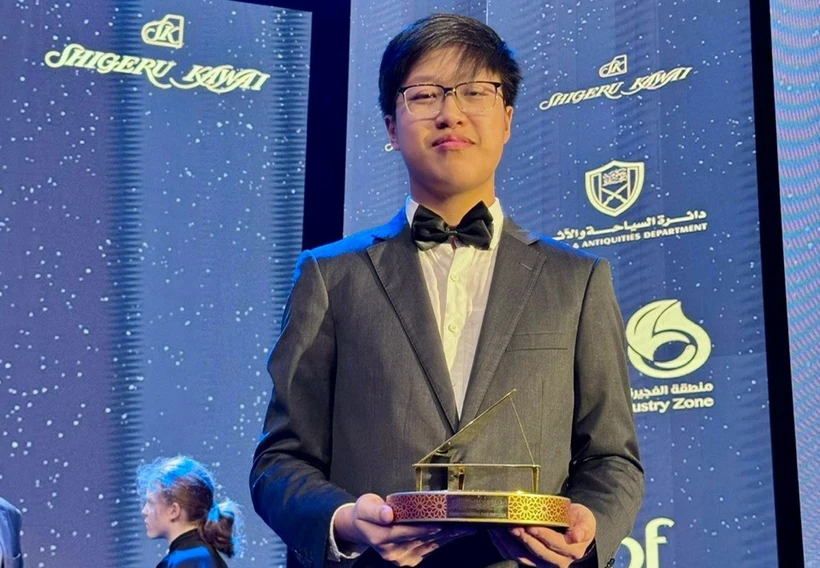






Comment (0)